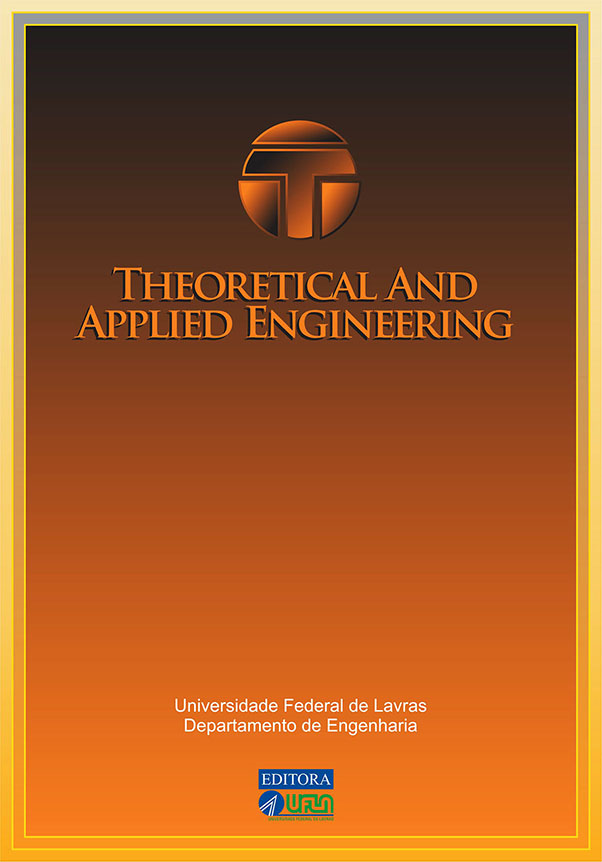AGROCLIMATIC ZONING OF ARABICA COFFEE CROPS IN THE REGION OF LAVRAS, MINAS GERAIS, BRAZIL
Main Article Content
Abstract
Coffee growing is the most relevant agricultural activity in the state of Minas Gerais. Arabica coffee (Coffea arabica L.) is the most widely cultivated in the state and is more sensitive to the climate, requiring milder temperatures for commercial production. Water deficit and air
temperature are the main factors used in the agroclimatic zoning of coffee, requiring annual water deficits below 150 mm and an average annual air temperature between 19°C and 21°C for suitability for cultivation. The Lavras region has municipalities with contrasting areas planted with Arabica coffee, being located in a transition zone of the growing crop. Therefore, the objective was to use interpolated climatic surfaces of mean monthly temperature and monthly precipitation, with high spatial resolution (30 seconds) of the WorldClim2 project, in order to perform the agroclimatic zoning for Arabica coffee in 11 municipalities around Lavras, Minas Gerais, Brazil. The water balance was calculated by the Thornthwaite method and the contour of existing plantations was obtained from a survey conducted by EPAMIG for the year 2018. The annual water deficit varied from 19 mm to 47 mm and the temperature from 17.5°C to 20.5°C. According to the geospatial analysis and scientific geovisualization techniques, it was observed that most of the region is suitable for cultivation of Arabica coffee, but spatial variations in water deficit may interfere with productivity and economic viability of implementation in certain areas.
